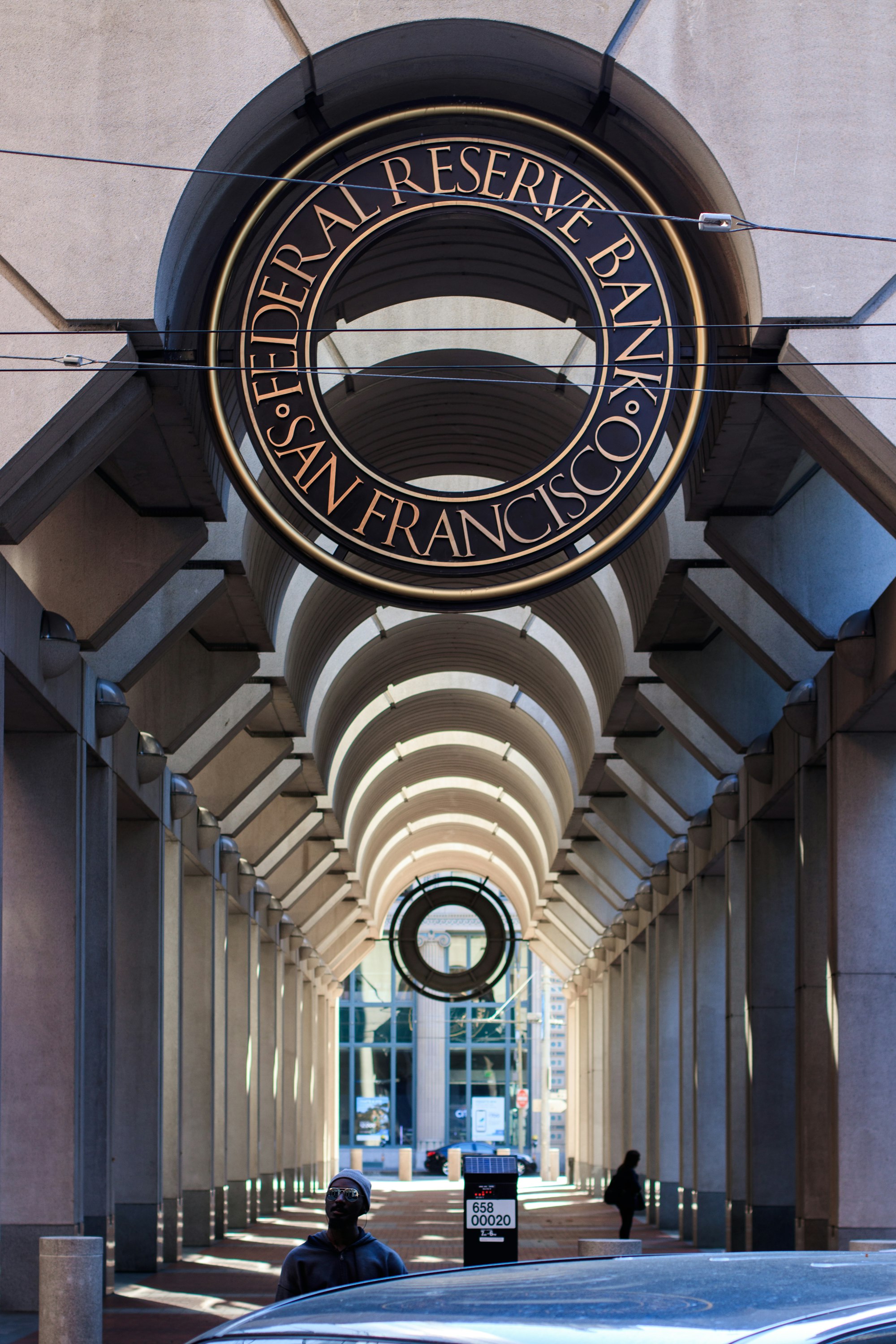A Potential Rate Decrease This Year
Despite recent data indicating strong inflation and job growth in January, the Federal Reserve maintains its perspective that it might lower interest rates later in the year. However, Federal Reserve Chair Jerome Powell emphasized the need for more substantial evidence of inflation moving towards a steady decline before taking such action.
- In prepared remarks for the House Financial Services Committee, Powell stated that rate reductions would only be considered when there is heightened confidence that inflation is consistently heading towards the Fed's target of 2%.
- The Fed is currently navigating between the risks of either acting too slowly, which could lead to economic downturn due to high interest rates, or acting too hastily, which could allow inflation to settle far above their 2% target.
Powell warned that easing policy too quickly or excessively might undo the progress made in controlling inflation, potentially necessitating even stricter measures to achieve the 2% target. Conversely, delaying or minimizing policy relaxation could severely dampen economic activities and employment levels.
High Rates Have A Lasting Impact
Over the last two years, the Federal Reserve has increased rates at its quickest pace in forty years in response to a significant inflation surge, reaching 40-year highs. Since July of the previous year, the benchmark federal-funds rate has been maintained at a range between 5.25% and 5.5% as inflation showed signs of subsiding.
- This federal-funds rate, which influences various borrowing costs across the economy, including mortgages, credit cards, and business loans, is currently at its highest in 23 years. Powell has shifted focus towards the potential timing for reducing rates as inflation continues to slow down.
- However, during a press conference on January 31, Powell downplayed the expectations of some investors for an imminent rate cut in the upcoming March 19-20 meeting, a stance further supported by recent economic data.
Mixed Signals
The Labor Department's report indicated that job additions in January far exceeded expectations, and inflation, as measured by the Fed's preferred metric, saw its most significant monthly increase in a year. Despite this, inflation rates have significantly dropped from the previous year. Core prices, excluding the more volatile food and energy sectors, have risen by 2.8% over the twelve months leading to January, a decrease from the 4.9% increase observed in the prior 12-month period.
- Powell, on Wednesday, described the recent slowdown in inflation as both significant and extensive, suggesting that the January price increase hasn't altered the Fed's projection for a continued inflation decrease throughout the year.
- In December, most Fed officials anticipated that rate cuts might occur around three times within the year, assuming inflation edges closer to their target by year's end.
- Interest-rate futures markets are now forecasting three to four rate cuts by the Fed this year, starting in June.
Following their January meeting, officials replaced their previously hinted stance of more likely rate increases with a neutral outlook, acknowledging that the risks to achieving their goals of a stable labor market and low inflation are becoming more balanced. Powell noted post-January meeting that the Fed could opt for a slower rate-cutting approach or prolong the process if inflation remains stubbornly high. Conversely, more immediate and significant rate cuts could be warranted if the labor market shows signs of weakness or if there is convincing evidence of declining inflation.
Disclaimer
Please note that Benchmark does not produce investment advice in any form. Our articles are not research reports and are not intended to serve as the basis for any investment decision. All investments involve risk and the past performance of a security or financial product does not guarantee future returns. Investors have to conduct their own research before conducting any transaction. There is always the risk of losing parts or all of your money when you invest in securities or other financial products.
Credits
Photo by Alex Bierwagen / Unsplash.






